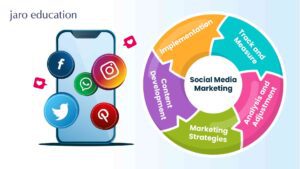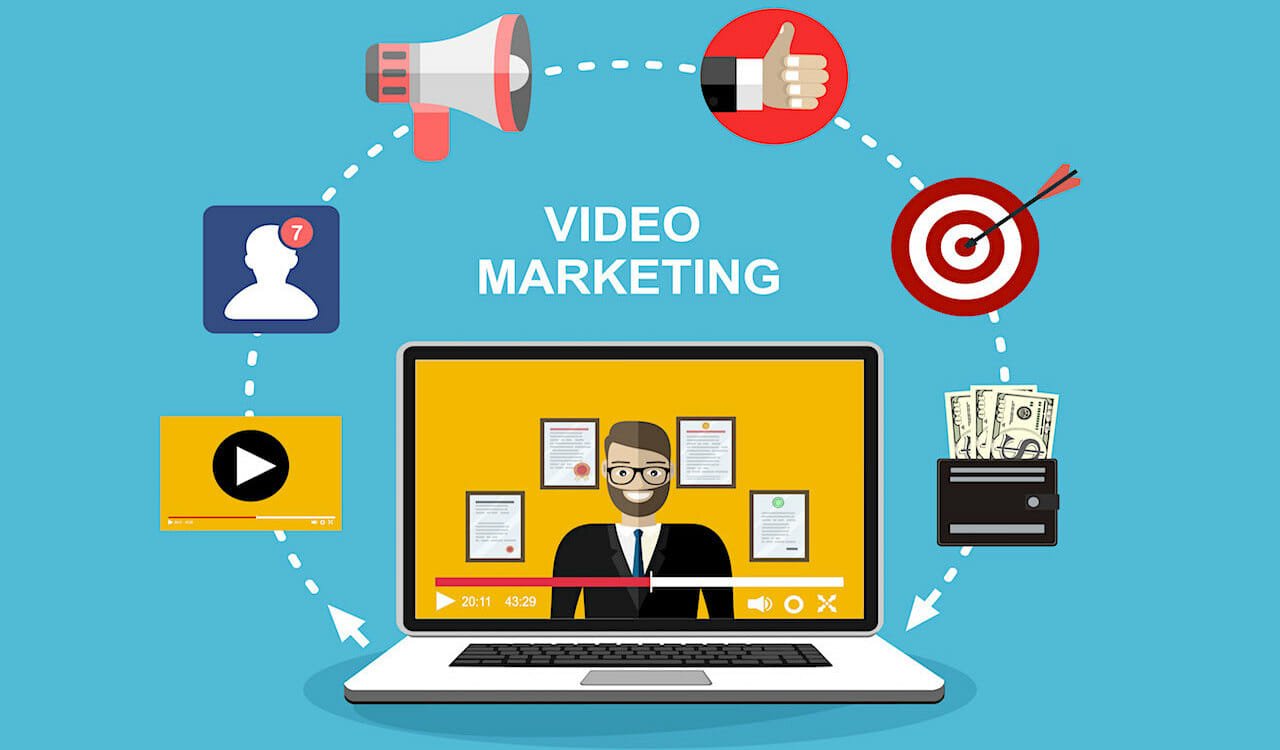
Social Media Techniques: Mastering the Art of Online Engagement
In the fast-paced digital world, social media techniques has emerged as one of the most powerful tools for businesses, influencers, and individuals to connect with audiences, promote brands, and drive meaningful interactions. By leveraging the right social media techniques, businesses can scale their online presence, create strong customer relationships, and achieve measurable growth. This comprehensive guide explores the best social media techniques, their benefits, real-world applications, and future trends to help you maximize your efforts.
1. Understanding Your Target Audience
A deep understanding of your target audience is the cornerstone of successful social media techniques. Knowing who your audience is, their preferences, and online behaviours can guide your content creation and platform selection.
Key Techniques:
- Research: Conduct surveys, polls, and feedback sessions to gather insights into your audience’s interests.
- Analytics Tools: Platforms like Facebook Insights and Google Analytics help you understand demographic details and behavioural trends.
- Personas: Create detailed audience personas to represent your ideal customers.
Example: Netflix uses data-driven insights to curate content for different regions, ensuring global appeal and high engagement.
2. Creating High-Quality Content
Content is the backbone of any social media strategy. High-quality, engaging content captivates audiences and builds brand loyalty.
Key Techniques:
- Visuals: Invest in professional imagery, videos, and infographics.
- Storytelling: Share relatable stories that connect with your audience emotionally.
- Consistency: Maintain a regular posting schedule with content that aligns with your brand voice.
Example: GoPro thrives on user-generated content, showcasing its products in real-world scenarios and encouraging community participation.
3. Leveraging Hashtags Effectively
Hashtags enhance the discoverability of your content, allowing it to reach a broader audience.
Key Techniques:
- Trending Hashtags: Use popular hashtags relevant to your niche.
- Branded Hashtags: Create unique hashtags to build brand identity.
- Avoid Overuse: Stick to a moderate number of hashtags to maintain a clean aesthetic.
Example: Coca-Cola’s #ShareACoke campaign became a viral sensation, with users sharing personalized Coke bottles online.
4. Optimizing Posting Times
Posting at the right times ensures your content gets maximum visibility and engagement.
Key Techniques:
- Analyse Engagement Patterns: Use tools like Sprout Social to identify when your audience is most active.
- Platform-Specific Timing: Each platform has peak engagement hours; tailor your schedule accordingly.
- Experiment and Adjust: Test different posting times and refine your strategy based on results.
Example: Starbucks posts coffee-related content early in the morning, syncing with their audience’s daily routines.
5. Engaging With Your Audience
Engagement is a two-way street. Actively interacting with your audience fosters loyalty and builds a sense of community.
Key Techniques:
- Quick Responses: Reply promptly to comments, messages, and mentions.
- Personalization: Address users by name and provide tailored responses.
- Interactive Content: Use polls, quizzes, and Q&A sessions to encourage participation.
Example: Wendy’s witty Twitter interactions have become legendary, earning them a dedicated fan base.
6. Incorporating Video Marketing
Videos are the most consumed type of content on social media. They’re engaging, shareable, and versatile.
Key Techniques:
- Short Clips: Use platforms like TikTok and Instagram Reels for bite-sized videos.
- Live Streams: Host live Q&A sessions, product launches, or behind-the-scenes tours.
- How-To Videos: Educate your audience while showcasing your expertise.
Example: Nike’s motivational video campaigns inspire athletes and fitness enthusiasts, generating millions of views.
7. Utilizing Influencer Partnerships
Influencer collaborations can amplify your brand’s reach and credibility.
Key Techniques:
- Relevance: Partner with influencers whose audience aligns with your target demographic.
- Creative Freedom: Allow influencers to create content in their unique style.
- Performance Tracking: Monitor the impact of influencer campaigns using affiliate links or promo codes.
Example: Gym shark partnered with fitness influencers to promote its activewear, resulting in exponential growth.
8. Running Paid Ad Campaigns
Paid advertising helps businesses achieve targeted reach and measurable results.
Key Techniques:
- Targeting: Use demographic, behavioural, and geographic filters to reach the right audience.
- A/B Testing: Test multiple ad variations to optimize performance.
- Retargeting: Re-engage users who’ve interacted with your brand but haven’t converted.
Example: Airbnb’s Instagram ads highlight stunning travel destinations, inspiring users to book stays.
9. Hosting Contests and Giveaways
Interactive campaigns like contests and giveaways drive engagement and attract new followers.
Key Techniques:
- Attractive Prizes: Offer products or services that resonate with your audience.
- Clear Rules: Provide straightforward participation guidelines.
- Promotional Push: Use paid ads to amplify the reach of your campaign.
Example: Lush Cosmetics’ Instagram giveaways encourage users to tag friends and share posts, boosting visibility.
10. Tracking Analytics and Metrics
Analysing performance metrics is crucial for refining your social media strategy.
Key Techniques:
- Use Analytics Tools: Leverage platforms’ built-in analytics to track engagement, reach, and conversions.
- Set KPIs: Define key performance indicators like click-through rates, shares, and follower growth.
- Regular Reporting: Monitor trends and adjust strategies based on data insights.
Example: Spotify Wrapped uses user data to create personalized year-end playlists, driving massive engagement.
11. Platform-Specific Strategies
Each social media platform has unique features and audiences, requiring tailored approaches.
Key Techniques:
- LinkedIn: Post professional and industry-related content.
- TikTok: Share fun, creative, and relatable short videos.
- Instagram: Focus on visually appealing posts and Stories.
Example: Zara uses Instagram for fashion showcases and Pinterest for style inspiration boards.
12. Consistent Branding Across Platforms
A cohesive brand identity builds trust and recognition among audiences.
Key Techniques:
- Unified Aesthetics: Use consistent colours, fonts, and logos.
- Brand Voice: Maintain the same tone across all posts and platforms.
- Cross-Promotion: Share consistent messages across different channels.
Example: Apple’s minimalistic and sleek branding is evident in all their social media campaigns.
13. Harnessing User-Generated Content (UGC)
UGC is a powerful way to increase authenticity and foster community.
Key Techniques:
- Encourage Sharing: Ask customers to post their experiences with your products.
- Feature UGC: Highlight customer posts on your social media accounts.
- Run Campaigns: Use hashtags to collect and showcase UGC.
Example: Starbucks’ #RedCupContest motivates customers to share creative photos of their holiday cups.
14. Staying Updated With Trends
Adapting to trends keeps your content relevant and engaging.
Key Techniques:
- Monitor Trends: Stay updated on trending hashtags, memes, and challenges.
- Experiment: Test new formats and ideas to see what resonates with your audience.
- Be Timely: Post trend-based content quickly to capitalize on its popularity.
Example: Gucci participates in TikTok trends to connect with younger audiences.
15. Integrating Social Commerce
Social commerce simplifies the customer journey by enabling direct purchases through social media.
Key Techniques:
- Shoppable Posts: Tag products in posts and Stories.
- Streamlined Checkout: Use features like Instagram Checkout.
- Promotions: Highlight sales and discounts in your social content.
Example: H&M’s Instagram Shop allows users to purchase outfits directly from their feed.
Understanding Social Media Platforms
1. Facebook
With over 2.9 billion monthly active users, Facebook remains a powerful platform for businesses. Its diverse user base allows brands to engage with different demographics using tools like Facebook Ads, Groups, and Marketplace.
2. Instagram
Known for its visual appeal, Instagram is perfect for brands that rely on imagery and aesthetics. Features like Stories, Reels, and Shopping make it ideal for engaging with younger audiences.
3. Twitter
This microblogging platform is perfect for real-time engagement. Brands can participate in trending conversations and establish themselves as thought leaders through Twitter threads and hashtags.
4. LinkedIn
As the go-to platform for professionals, LinkedIn is ideal for B2B marketing, recruitment, and sharing industry insights.
5. TikTok
This short-video platform is a hub for creative and entertaining content, making it a great choice for targeting Gen Z and millennials.
6. YouTube
The second-largest search engine in the world, YouTube is a video marketing powerhouse. Tutorials, product reviews, and brand stories perform exceptionally well here.
Creating Engaging Content
1. Storytelling
People resonate with stories. Share your brand’s journey, customer testimonials, or behind-the-scenes content to create a personal connection.
2. High-Quality Visuals
Invest in professional photography and videography. Crisp, appealing visuals draw attention and drive engagement.
3. Interactive Content
Polls, quizzes, and live Q&A sessions encourage user participation and keep your audience engaged.
4. User-Generated Content (UGC)
Encourage your audience to create content related to your brand. This not only builds community but also provides authentic promotional material.
5. Consistent Branding
Maintain uniformity in colours, logos, and tone of voice across all platforms to enhance brand recognition.
Leveraging Paid Advertising
1. Targeted Ads
Social platforms allow you to target users based on demographics, interests, and behaviors, ensuring your ads reach the right audience.
2. Retargeting Campaigns
Engage users who have previously interacted with your brand through retargeting to boost conversions.
3. A/B Testing
Experiment with different ad formats, visuals, and messages to identify what resonates best with your audience.
Influencer Collaboration
1. Micro-Influencers
Partnering with influencers who have a smaller but highly engaged following can yield better results than working with mega influencers.
2. Authentic Partnerships
Choose influencers whose values align with your brand to ensure authenticity in promotions.
3. Sponsored Content
Leverage influencers to create sponsored posts that highlight your product or service.
Challenges in Social Media Techniques
While social media offers numerous benefits, it comes with challenges:
- Algorithm Changes: Platforms frequently update their algorithms, impacting visibility.
- Oversaturation: Standing out in a crowded digital space can be challenging.
- Time and Resources: Creating and managing content requires significant effort.
Future Trends in Social Media Techniques
- AI-Powered Tools: Use AI for content creation, analytics, and personalized experiences.
- Augmented Reality (AR): Enhance user interaction with AR filters
Analytics and Performance Measurement
1. Key Metrics to Track
- Engagement Rate: Likes, comments, and shares.
- Reach and Impressions: Number of people who see your content.
- Click-Through Rate (CTR): How often users click on your links.
- Conversion Rate: The percentage of users who complete a desired action.
2. Tools for Analysis
- Google Analytics: Track traffic from social platforms to your website.
- Native Insights: Use built-in analytics tools like Instagram Insights and Facebook Analytics.
- Third-Party Tools: Platforms like Hootsuite, Buffer, and Sprout Social provide detailed social media performance reports.
3. Iterative Improvement
Regularly analyse your performance data to refine your strategy. Identify what works and scale it while phasing out ineffective tactics.
Conclusion
Social media techniques are not one-size-fits-all. They require a tailored approach that considers your audience, platform, and goals. By mastering the art of storytelling, leveraging analytics, collaborating with influencers, and investing in paid advertising, you can create a robust social media presence that drives engagement and achieves business objectives.
As social media techniques evolves, staying updated with the latest trends and adapting your strategies is crucial. Whether you are a small business or a global enterprise, effective use of social media techniques can propel your brand to new heights, fostering connections and converting audiences into loyal customers. Begin your journey with a solid plan, and let the power of social media techniques transform your digital engagement.



